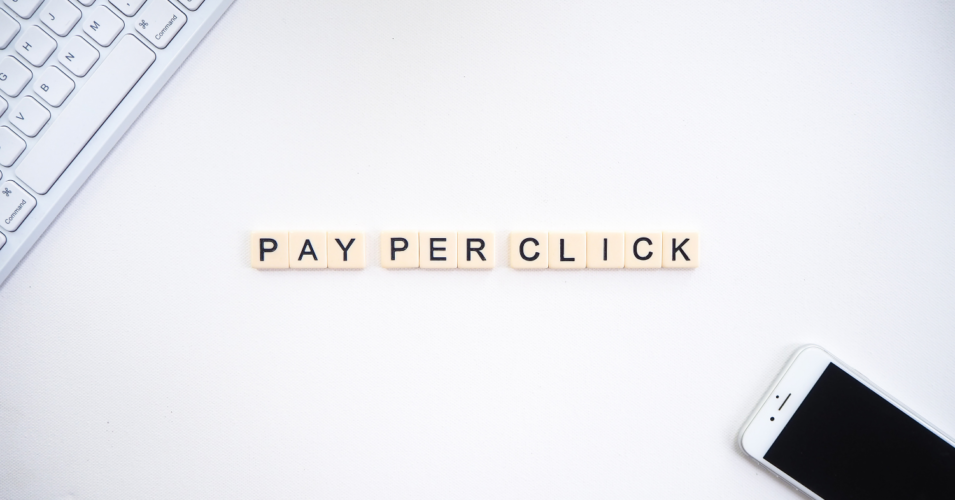Pay-Per-Click (PPC) ads are one of the best tools you can use to grow your business on Google and other search engines. These ads present your business (and its products and services) as a solution to the problems searchers are hoping to solve. By delivering these messages at the right times – when users are actively searching queries related to your offerings – you’ll increase your sales and expand your audience.
However, it’s not enough to type up a few headlines and descriptions and launch your ads; you’ll need to think (and write) strategically to create copy that grabs the attention of users and encourages them to click through to your landing page.
Ready to make your PPC ad copy stand out on the search engine results pages (SERPs)? Here are six essential tips for better PPC ad writing:
1. Out-Write the Competition
No matter the products you sell or the industry you’re in, you likely have at least one competitor fighting for attention from the same audiences. If you want searchers to choose you over the competition, your ad copy must be persuasive and eye-catching.
First, it’s a good idea to assess the ads other brands in your space are currently running. Search keywords that your target audience would likely type into Google to find your products or services, then analyze the ads that appear. What unique value propositions do they highlight? What kind of language do they include? Use this information to find differentiators you can use in your ads to help your brand stand out.
2. Put on Your Customer Hat
One of the most important skills you can develop when learning how to write ad copy is writing from the perspective of your target audience. There’s a specific group of individuals that’s likely interested in your products or services, and the best way to reach them and encourage them to engage with your ads is to speak their language.
Ask yourself: Who are my target customers? What problems are they trying to solve? What kinds of solutions are they looking for? Once you’ve stepped into your customers’ shoes, you can create copy that resonates with their desires and needs.
Always reread your copy from the perspective of the audience you’ll be targeting in each specific ad. This will help you determine whether you are appealing to potential customers or pointing them to the competition.
3. Write Actionable CTAs
Great calls to action (CTAs) push users further down the marketing funnel, encouraging them to take a specific action like purchasing a product or signing up for a newsletter. When writing PPC ad copy, it’s essential to include a CTA in at least one headline and description. Use clear, actionable language – phrases like “buy now,” “shop now,” “learn more,” and “sign up” are all great examples.
Once you’ve defined and communicated the action you want users to take, you’ll need to add a sense of urgency. Phrases like “limited time only,” “selling fast,” and “don’t wait” ensure the reader feels compelled to take action, boosting your conversions in the long run.
4. Focus on the Benefits
Many brands focus on the features of their products or services within their ad copy. While this information is important, it’s best left to your website and product pages. It’s not enough to tell your audience what your brand does – you have to communicate how they can benefit from purchasing from you. Theodore Levitt, a renowned professor at Harvard Business School, teaches this concept with a simple example: “People don’t want to buy a quarter-inch drill. They want a quarter-inch hole!”
Use your ad copy to demonstrate how your brand can solve users’ problems, improve or simplify their lives, and more. In doing so, your ads will be more likely to resonate with your target market and encourage them to buy.
4. Stir Up Emotions
As much as we would like to believe we always act logically, humans are emotional creatures by nature. This has a significant impact on our decision-making process; therefore, when you want to influence searchers to click on your ads and eventually purchase your products, it’s helpful to appeal to their emotions.
Think about what you want users to feel when they read your ads. If you’d like to invoke the fear of missing out, for example, you should use language like “join the waitlist” or “sold out three times.”
You can also appeal to the pain points they might be looking to alleviate. For instance, if someone is searching for comfortable footwear, you might want to remind them to ditch their “old, unsupportive” sneakers. Be sure to also highlight your brand or product’s unique value propositions to position yourself as the right solution to their problems.
6. Include the Search Term
On Google, relevance is everything; the search engine’s primary goal is to connect its users with content that aligns with their search intent and provides value. This applies to both organic search listings and paid search ads. To increase your ad’s chances of ranking highly on the SERPs, be sure to include the keyword you’re targeting within your copy – preferably in at least one headline and description. This tells Google that your ad (and corresponding landing page) is relevant to the search terms you’re targeting.
Enhance Your PPC Ad Copy with Help from Zero Gravity Marketing
Even with multiple PPC ads running, you might not be getting the results you’d hoped for. When this happens, it’s a good idea to evaluate your ad copy and determine whether it’s relevant and compelling to searchers.
Ready to revamp your PPC ads? Contact Zero Gravity Marketing today – our paid advertising team is here to help you create Google advertisements that entice users to click and convert.






